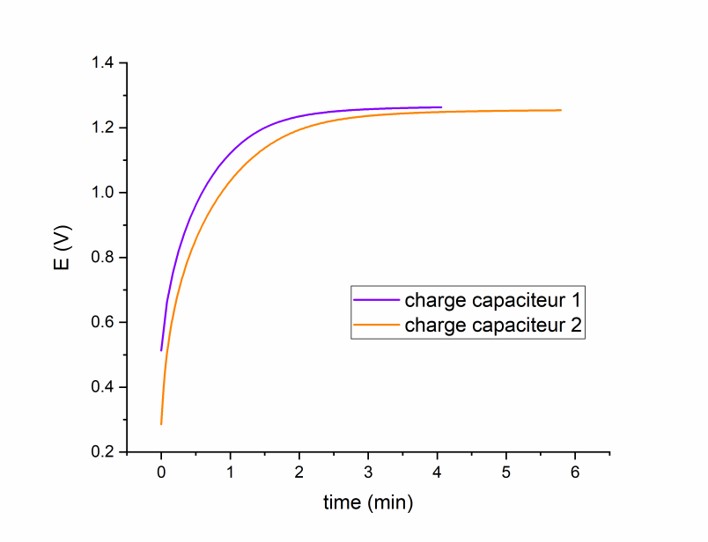Nanomaterials are beginning to emerge for the recovery and conversion of chemical energy from a water molecule into electrical current. This technique, known as hydrovoltaics, is based on water vapour. The first examples of these materials (graphene oxide, polydopamine, cellulose, etc.) have common characteristics, such as a thin mesoporous structure that can extend over a large surface area, and from a physico-chemical point of view, hydrophilic and isothermal properties when water is adsorbed.
IRIG's Chemistry and Biology of Metals laboratory has developed materials composed of protein nanowires derived from the mucus of the hagfish, an anguilliform aquatic animal living in the North Atlantic. The materials are supplied in collaboration with fishermen from the Saint Pierre and Miquelon archipelago and Ifremer.
At an ambient humidity of over 60%, these dry mucus membranes, which have been electro-activated beforehand, generate a voltage of several volts. Tests in a closed enclosure with controlled humidity have demonstrated the ability of these materials to operate for several months, with constant performance (see illustrations). Studies into the mechanisms of charge formation and transport in these materials are currently under way.


Left: principle of the device ; right: charging and discharging the device's capacity.
The numerous industrial applications envisaged led the team to join the CEA's Magellan programme to create the start-up Amylen. These applications involve the development of energy-independent (bio)sensors; for example, real-time detection of water leaks, surveillance and tracking of sensitive goods or merchandise travelling in a dry environment, and monitoring of biomarkers immersed in sweat or other biological fluids.
A collaboration with LETI/DSYS is currently underway to support these biomaterials with energy management and storage systems, and systems for transmitting key information in the field of the Internet of Things (ioT).